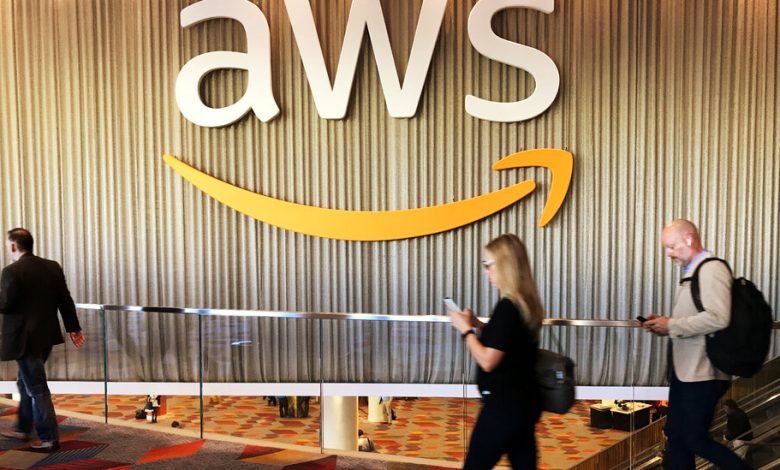Amazon Reports Almost No Profit and Slowing Growth

Amazon on Thursday reported almost no profit in the latest quarter, with unexpected weakness in its big cloud computing businesses helping to slow overall sales growth to one of its lowest levels in decades.
The company reported $149.2 billion in sales in the three months ending in December, which included the vital holiday shopping season, up 9 percent from a year earlier.
A year ago, Amazon had its most profitable quarter ever, with $14.3 billion in net income. But the downshifting economy and Amazon’s own attempt to roll back expansion plans cut into its earnings this year, hacking profit back to $278 million.
The company indicated the slowing growth and tight margins would continue in the first three months of this year.
While the overall sales surpassed Wall Street expectations, as compiled by FactSet, the overall profit and the performance of the cloud computing business fell short, sending shares of the stock down as much as 6 percent in aftermarket trading.
The State of Jobs in the United States
Economists have been surprised by recent strength in the labor market, as the Federal Reserve tries to engineer a slowdown and tame inflation.
- Job Trends: The Labor Department reported that the nation’s demand for labor only got stronger in December, as job openings rose to 11 million.
- Burrito Season: Chipotle Mexican Grill, the fast-casual food chain, said that it planned to hire 15,000 workers ahead of its busiest time of year, from March to May.
- Retail Industry: With consumers worried about inflation in the prices of day-to-day necessities like food, retailers are playing defense and reducing their work forces.
- Tech Layoffs: The industry’s recent job cuts have been an awakening for a generation of workers who have never experienced a cyclical crash.
Andy Jassy, the company’s chief executive, has spent the past year pushing the company to trim costs. Amazon has been working through plans to lay off 18,000 corporate and tech workers; it added fees for grocery deliveries that had once been free; and cut back from a breakneck warehouse expansion that left the company with too much space.
“In the short term, we face an uncertain economy, but we remain quite optimistic about the long-term opportunities for Amazon,” Mr. Jassy said in a statement.
John Blackledge, an analyst at Cowen & Company, estimated in December that if investors stripped out the profitable cloud computing and advertising businesses, the rest of Amazon, which includes its retail business, studios, devices and other consumer efforts, lost more than $25 billion in 2022.
Investors closely watch how the company’s cloud computing division is faring, since it has been such a big profit generator. Last week Microsoft, Amazon’s closest competitor for cloud computing, warned that new business slowed in December and was expected to continue to slow in the current quarter as the fragile economy has led business customers to be cautious about spending.
Amazon’s cloud business grew 20 percent to $21.4 billion, its slowest growth on record, and the segment’s operating profit fell slightly, to $5.2 billion.
Consumers’ struggles with inflation and rising interest rates showed up in Amazon’s retail business. The profitable advertising business saw sales grow 19 percent to $11.6 billion. But Amazon’s core e-commerce business of selling products directly to consumers was down 2 percent to $64.5 billion. The services it offers to third-party sellers, which provide 59 percent of products sold, was up 20 percent to $36.3 billion.
The company is also dealing with finding growth when it is already so large. Its Prime membership program may have reached a saturation point in the United States, the company’s most important market, according to Consumer Intelligence Research Partners. “Prime membership has essentially stopped growing in the U.S.,” the researchers wrote last month, estimating 168 million people in the United States have a membership. Subscription revenue, seen by investors as having high profit margins, was up 13 percent in the quarter.
The company’s hiring from the pandemic, when it more than doubled its work force, ground to a halt. Between layoffs and unusually high turnover at its warehouses, it ended the year with 1.54 million workers, about 4 percent fewer than a year earlier.
